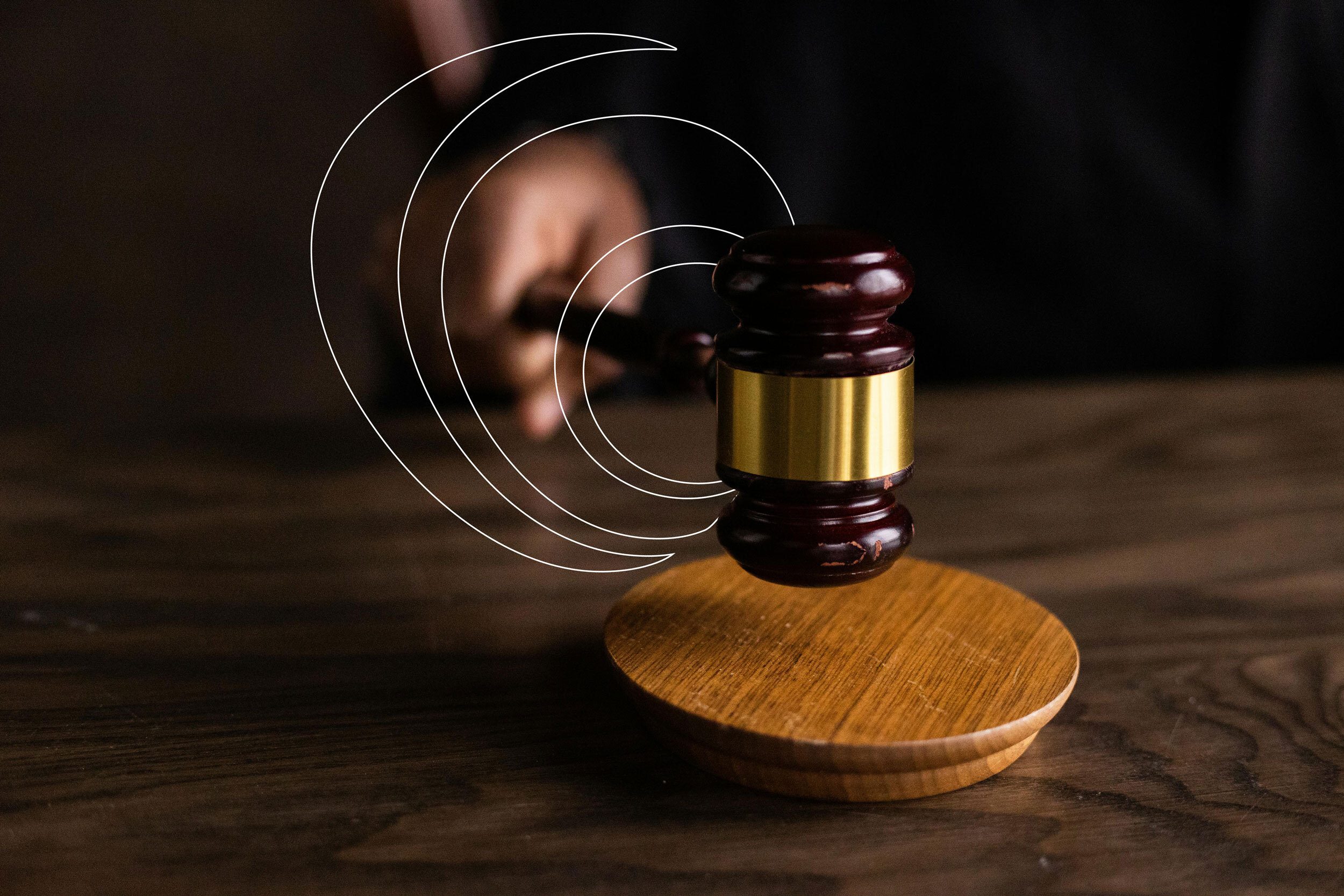
Your trademark is one of your main business assets as it makes your customers able to distinguish your company and products from your competitors
Therefore, the value of your business relies upon how well you protect your trademark. You must constantly monitor the market and prevent others from using similar trademarks for the same products and services.
In this article, we will give you a general overview of how to protect your trademark during your business operations in Denmark and in Europe.
What you should know
- In Denmark, you can acquire and protect your trademark either “through use” of your mark or by registration of your mark at the Danish Patent and Trademark office.
- Protection scope of registered trademarks will be broader than trademarks acquired through use.
- You can apply for registration of your trademark online.
- It is possible to apply for a national, EU or international trademark registration, depending on the countries you want your business’ trademark to be protected in.
- If you do not use it in the following 5 years after its registration, you can risk losing your trademark in Denmark.
- Registration of you trademark will be valid for a period of 10 years, with possibility of renewal.
In Denmark, as you would know from your own jurisdiction, trademarks can be protected by way of registering them.
In addition, and unlike in many other jurisdictions, an unregistered (trade) mark can achieve automatic protection as an actual trademark through the continued use of the mark.
Automatic Trademark “through use”
Regardless of your business not having registered your mark as a trademark, some of the classic trademark rights will automatically protect your mark. This automatic protection is called “trademark through use”. The protection begins from the moment you start using it, provided that your goods are marketed in such a way that the public knowledge of the mark is strong. Mere local knowledge of your mark will not suffice. We recommend marketing your product in stores while simultaneously placing ads in national newspapers and online. You can use the trademark symbol “™” you can indicate that you take your (unregistered) trademark seriously and will defend it against copyists.
However, note that there are risks associated with not registering your trademark but rather relying on the “trademark through use” scheme.
Two similar unregistered trademarks often end up in disputes over whose trademark came into use first and thereby has the bigger protection. To be ready for such a dispute, we recommend keeping all possible documentation in connection with your usage of the mark (e.g., invoices, ads, etc.) from the very beginning.
Another risk you take by not registering your trademark is that you might not receive trademark protection outside Denmark. Either because your trademark is not in the “public knowledge” or because the country outside Denmark simply does not recognize this Danish concept of automatic “trademark through use”.
Protection through registration
By registering your trademark, you can easily document your mark’s rights against competitors or third parties. As an added bonus, the scope of the protection will be broader than trademarks acquired “through use”.
By registering your trademark, you obtain an exclusive right preventing others from using identical or similar marks. Should a dispute arise, it would be the infringer – not you – who has the burden of proof that his mark does not violate your rights.
Moreover, and as mentioned above, by registering you trademark, you receive automatic protection in a large number of countries. The same would not be guaranteed with a “trademark through use”.
To sum up, although “trademark through use” is a great concept as it offers some automatic protection, we would always recommend registering your trademark in Denmark and in the EU to ensure protection in all countries and to avoid disputes with similar trademarks down the line.
Where should you register your trademark?
In Denmark, an unregistered (trade) mark can achieve automatic protection as an actual trademark simply through the use of the mark.
Naturally, it depends on in which countries you want your trademark to be protected in.
Based on our experience, many companies start by filing for a national trademark. Registration in all EU countries is easy, and would be recommended if your business strategy entails export to even a few EU countries. This is done through the European Union Intellectual Property Office (EUIPO). If you were looking for protection outside the EU, we would recommend filing with the World Intellectual Property Organization (WIPO) or with the individual national trademark offices throughout the world. After you have formally registered your trademark in one country, you can use the “®” symbol next to the registered mark, indicating the registered rights.
How to register your trademark in Denmark
The Danish Patent and Trademark Office is the authority that manages trademark applications in Denmark.
You can file your application online in the Danish Patent and Trademark office’s website www.dkpto.org. It does not require a representative in Denmark. The application carries an application fee, which will depend on the number of classes filed for registration. Once the Trademark Office has received your application, they will examine whether there are any “hindrances” that will prevent the trademark registration. Thus, it is a good idea to check in advance, if there are other company or product names or logos that are similar to yours.
If you do not use your trademark in the 5-year period following the date you registered it you risk losing your trademark.
If your application is successfully validated, your Danish registration will be valid for 10 years with the possibility of renewal after 10 years. Nevertheless, you should be aware of the “use requirement” after you have registered your trademark. If you do not use your mark in the five-year period following the date you registered it you risk losing your trademark.
Finally, in order to protect your trademark in Denmark you can also monitor possible infringements by checking your trademark and monitoring other mark through the Danish Patent and Trademark Office’s TMview database.
How to register a trademark in Europe
If you wish to register a community trademark having effect across the EU countries, you should apply at the EUIPO.
A community trademark protects your trademark in all EU-countries through one registration. You will only need to renew that one registration after the expiration of the term.
A community trademark can be beneficial in order to protect your trademark in the all EU-countries through one registration.
You can apply for registration through EUIPO’s website euipo.europa.eu. EUIPO will evaluate your application and decide if your trademark can be registered. The term of registration of a community- or a European trademark is 10 years from the filling date of the application. It can be renewed after 10 years.
Would you like to extend your registration to countries outside the EU? You can apply for an international trademark or for different single national trademarks, depending on your business strategy and preferences.
By filing an international application with WIPO, you can obtain protection in countries that are members of the WIPO Convention. You can see what countries are members here: www.wipo.int

If you need our experience in litigation in Denmark to help you to make the optimal choices for your business in case of a dispute or court case.


